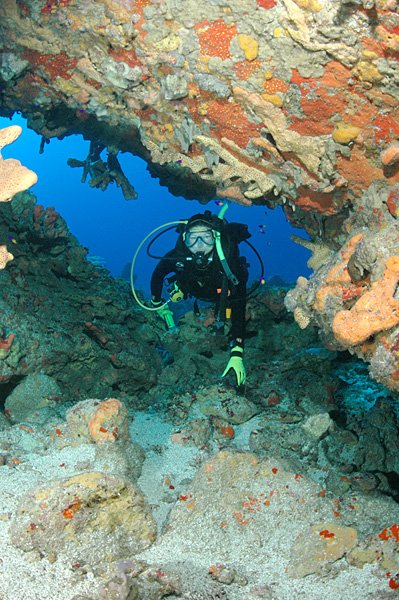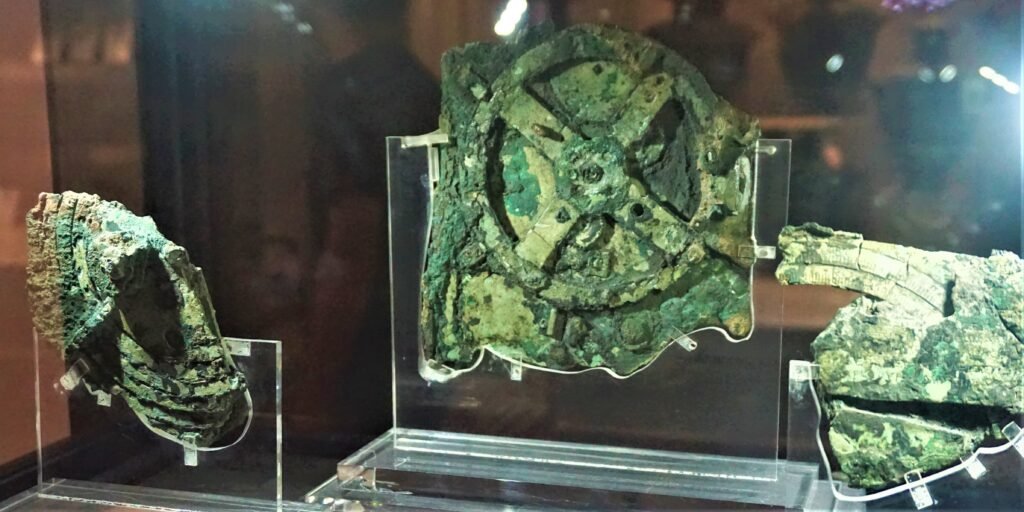Imagine waking up one day to discover that your family tree is far more extensive than you ever imagined. This is precisely the scenario faced by scientists delving into the origins of humanity. Every year, new discoveries challenge our understanding of human ancestry, revealing a complex web of relationships and evolutionary paths. But why do we keep uncovering new human ancestors? The answer lies in a captivating blend of scientific innovation, geological surprises, and the persistent pursuit of knowledge.
The Role of Technological Advancements
In the past few decades, technological advancements have significantly transformed the field of paleoanthropology. Techniques like radiometric dating, DNA analysis, and 3D imaging have opened doors to discoveries that were once unimaginable. Imagine trying to piece together a jigsaw puzzle without being able to see the pieces clearly. Modern technology acts as a magnifying glass, allowing scientists to examine fossils in unprecedented detail. For instance, DNA extraction from ancient bones has helped identify distinct species that once roamed the Earth alongside our direct ancestors. This technological leap is akin to having a time machine that offers glimpses into our distant past.
Unearthing Hidden Treasures
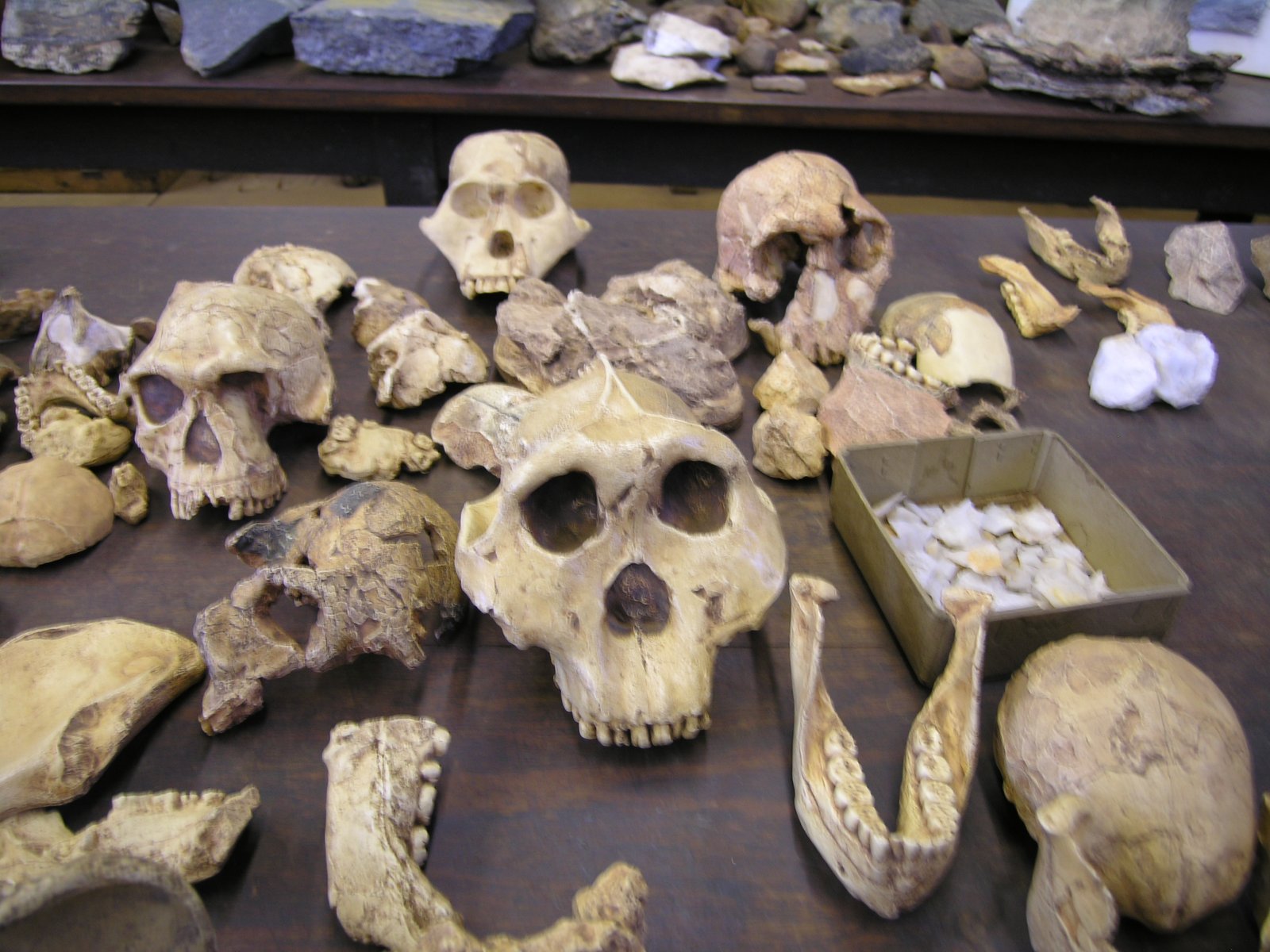
The Earth’s crust is like a treasure chest, concealing secrets from millions of years ago. As erosion, tectonic shifts, and climate changes occur, these hidden treasures gradually come to light. Fossils that were once buried deep within the Earth’s layers are now exposed, waiting for curious minds to discover them. Consider the recent unearthing of Homo naledi in South Africa, a species that added another branch to our family tree. Such findings remind us that the Earth is constantly revealing new chapters of our history as if whispering forgotten stories from the past.
The Influence of Climate and Geography
Climate and geography have played pivotal roles in shaping human evolution. Different environments demanded different adaptations, leading to the emergence of diverse hominin species. The varied landscapes of Africa, Asia, and Europe provided unique challenges and opportunities, influencing how early humans evolved. Think of the Sahara Desert, which was once a lush, green expanse. Such transformations in the environment forced early humans to adapt or migrate, leading to the development of distinct traits that we can trace back to specific regions.
The Incomplete Puzzle of Evolution
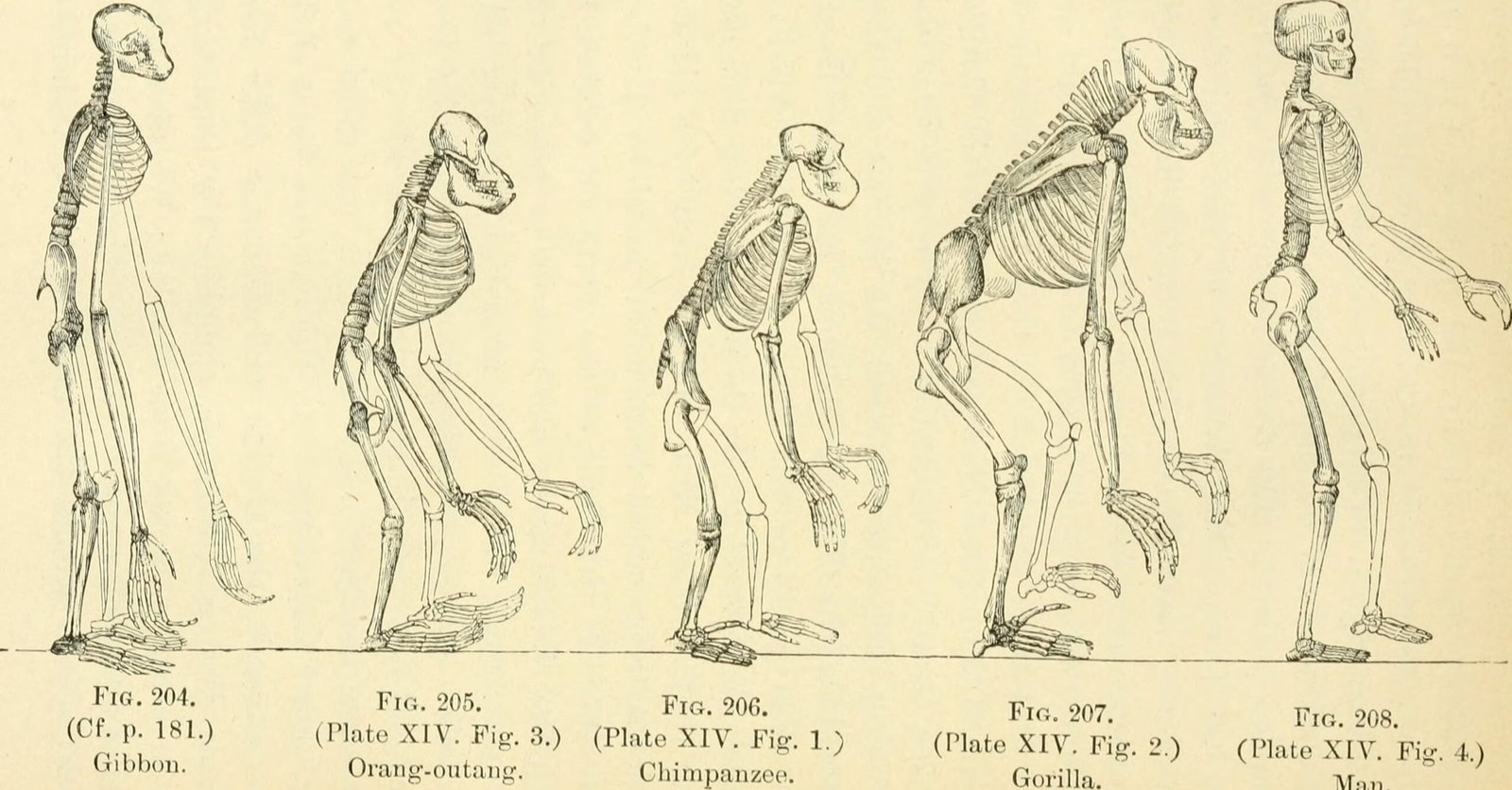
Our understanding of human evolution is akin to piecing together an ancient, incomplete puzzle. Each fossil discovery adds a new piece, but many gaps remain. These gaps fuel the quest for knowledge, driving scientists to explore uncharted territories and ask new questions. The discovery of Denisovans, a previously unknown group of hominins, is a testament to the fact that much of our evolutionary history is still shrouded in mystery. It’s like reading a book with missing pages, where each new find fills in a part of the story we didn’t even know existed.
The Interconnectedness of Hominin Species
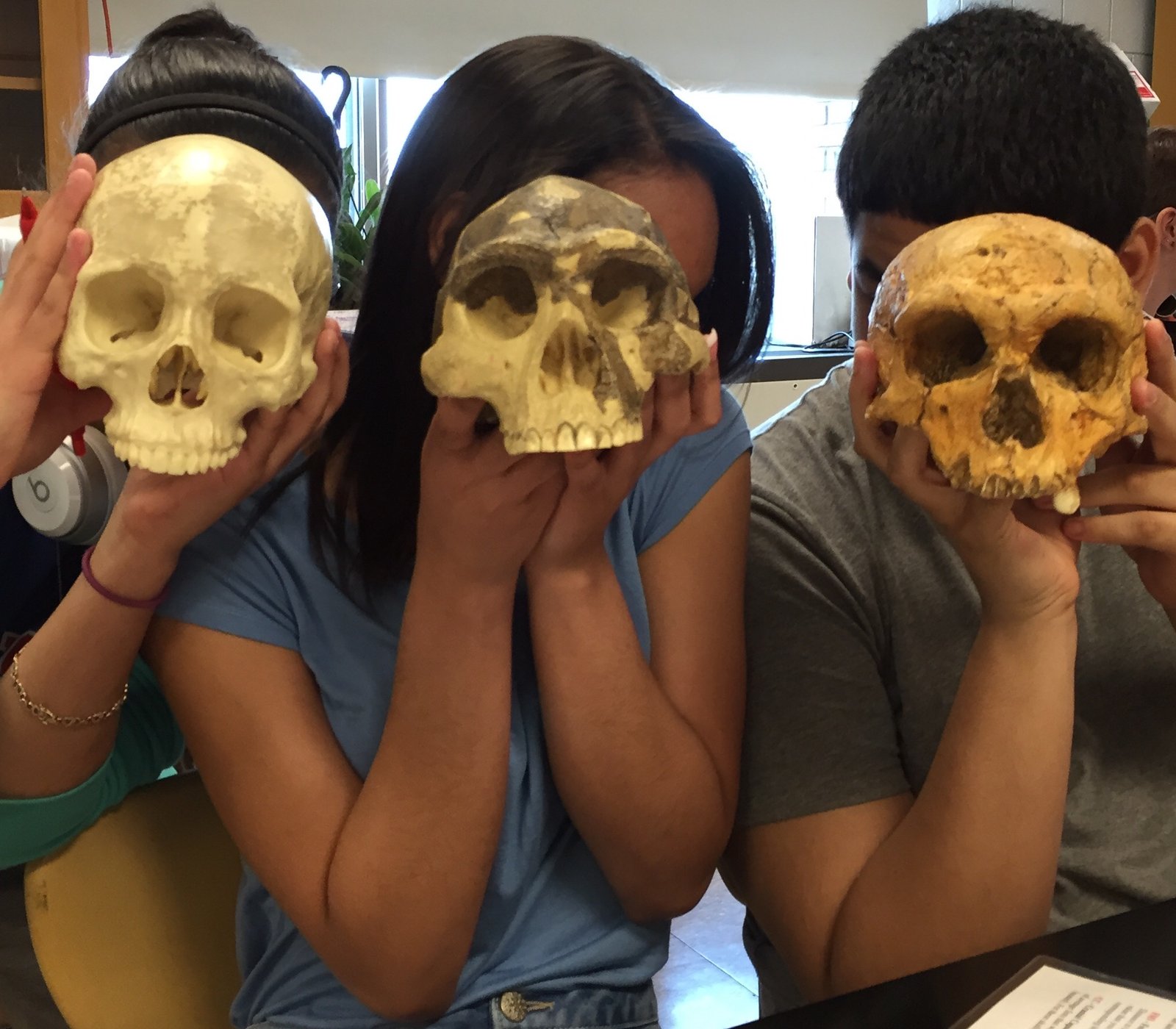
One of the most fascinating aspects of human evolution is the interconnectedness of different hominin species. Interbreeding between species like Neanderthals and modern humans has left genetic traces in our DNA. This genetic legacy is a reminder that our ancestors were not isolated species but part of a broader, interconnected web of life. Imagine a tapestry where threads of different colors are woven together to create a complex pattern. Our genetic makeup is a testament to the shared history and interactions of diverse human ancestors.
Challenges in Fossil Interpretation
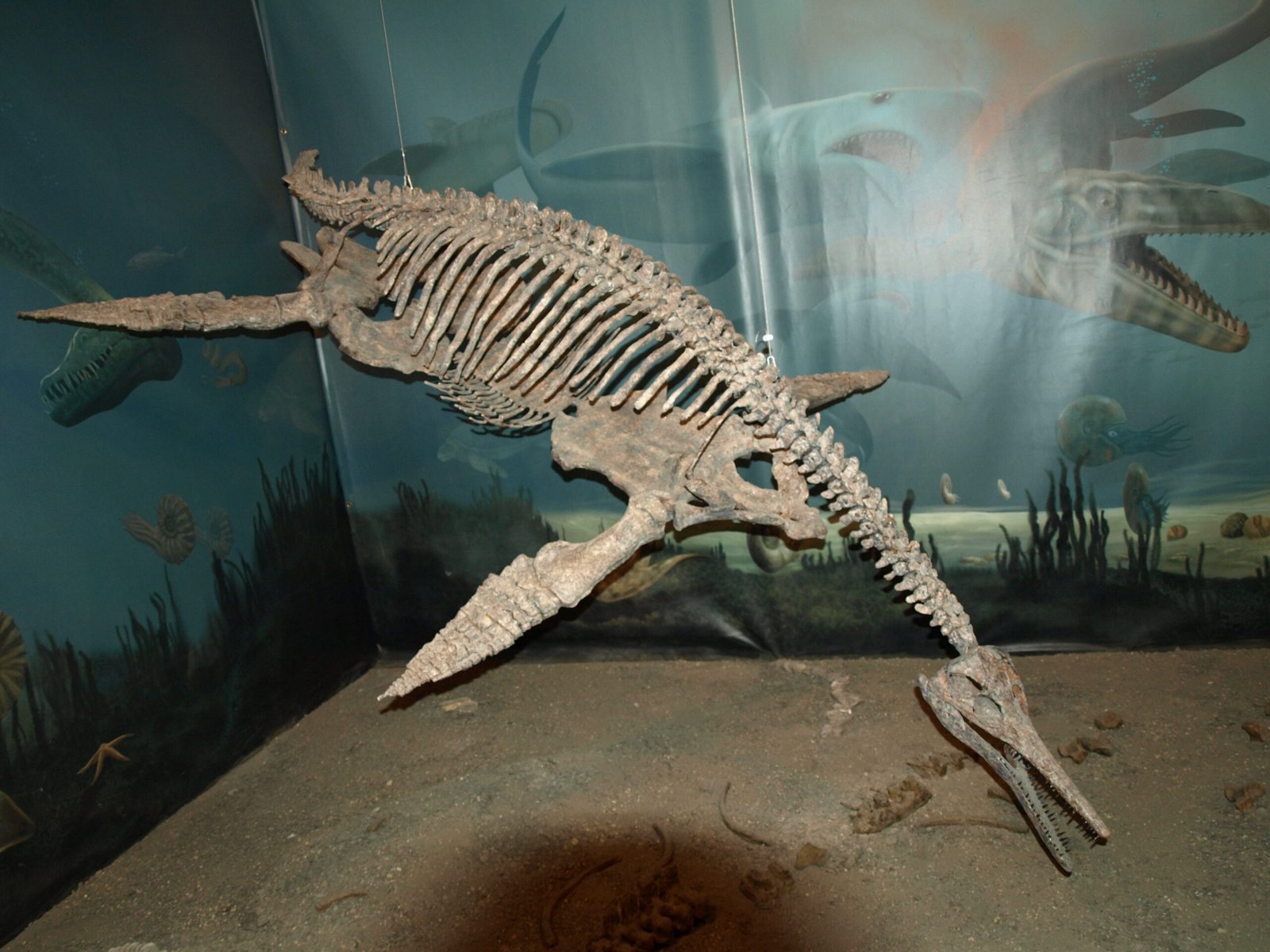
Interpreting fossils is no easy task. The fragments that scientists uncover are often incomplete, requiring careful analysis and interpretation. This process is akin to being handed a few pieces of a massive jigsaw puzzle and trying to see the whole picture. Disagreements and debates among scientists are common, as new interpretations can redefine our understanding of human ancestry. However, these debates are essential for advancing knowledge, as they encourage rigorous scrutiny and foster collaboration.
The Surprising Diversity of Early Humans
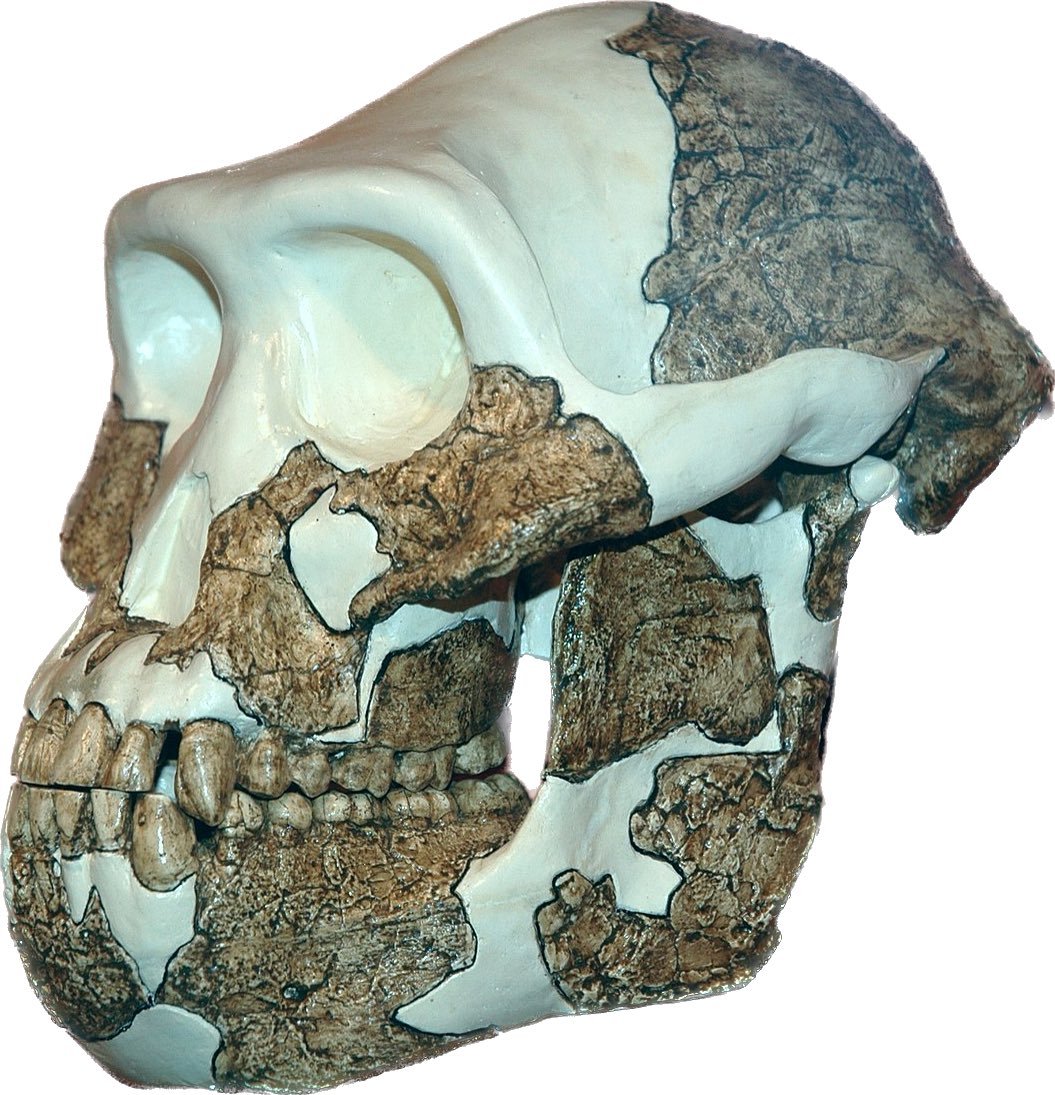
The human family tree is more diverse than previously imagined. Discoveries of various hominin species, each with unique characteristics, challenge the notion of a linear evolutionary path. From Homo floresiensis, the “Hobbit” of Indonesia, to the recently discovered Homo luzonensis in the Philippines, these findings highlight the diversity of early humans. It’s like discovering a hidden gallery of portraits, each depicting a different aspect of our shared history. This diversity underscores the adaptability and resilience of our ancestors in the face of changing environments.
The Quest for Our Common Ancestor
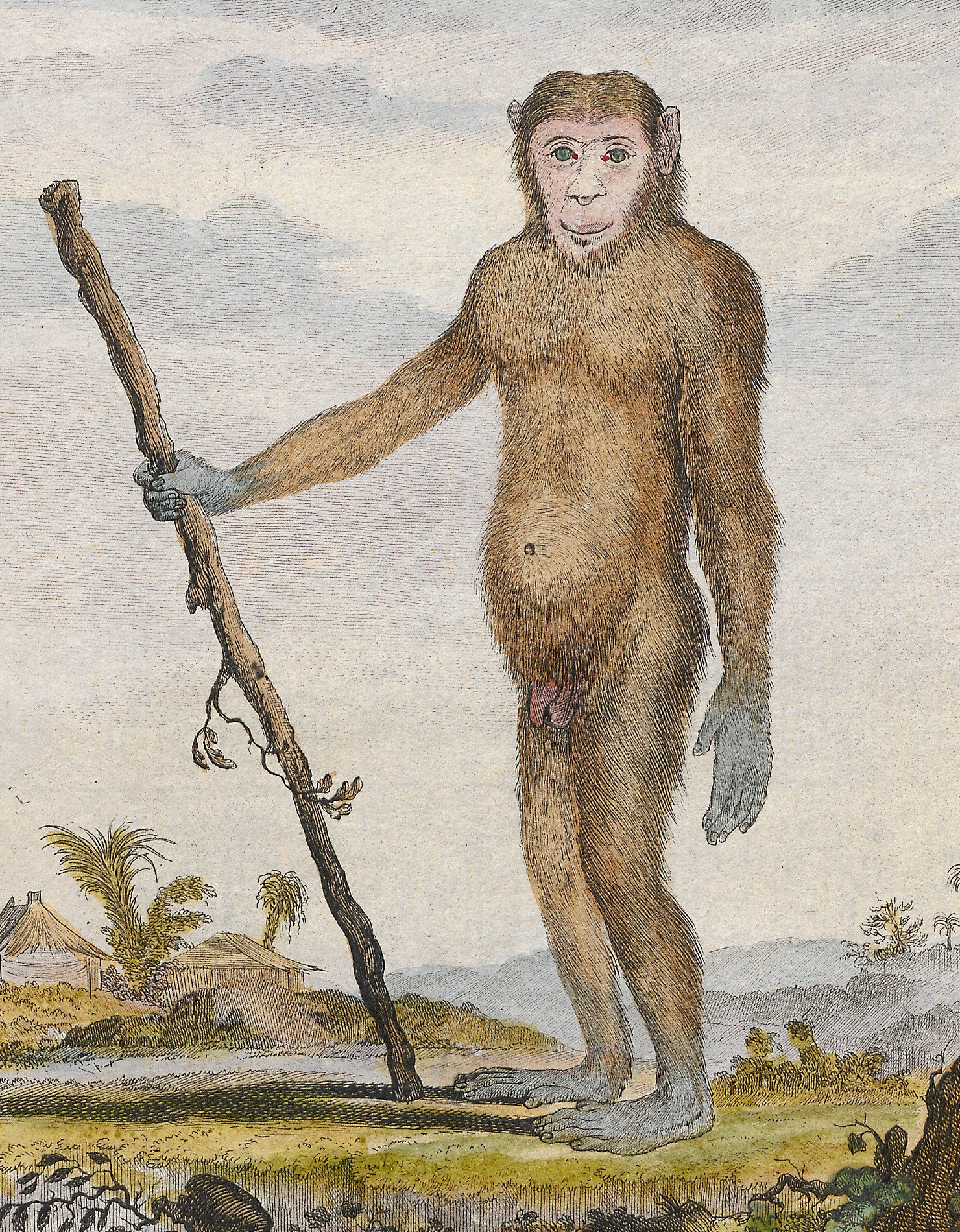
The search for a common ancestor, often dubbed the “missing link,” continues to captivate scientists and the public alike. This elusive ancestor is believed to be the point where the evolutionary paths of humans and other primates diverged. The pursuit of this ancestor is like chasing a shadow, always just out of reach but ever-present in the quest for understanding. Each new discovery brings us closer to unraveling this mystery, offering tantalizing clues about our origins and the evolutionary journey that led to modern humans.
The Impact on Our Understanding of Humanity
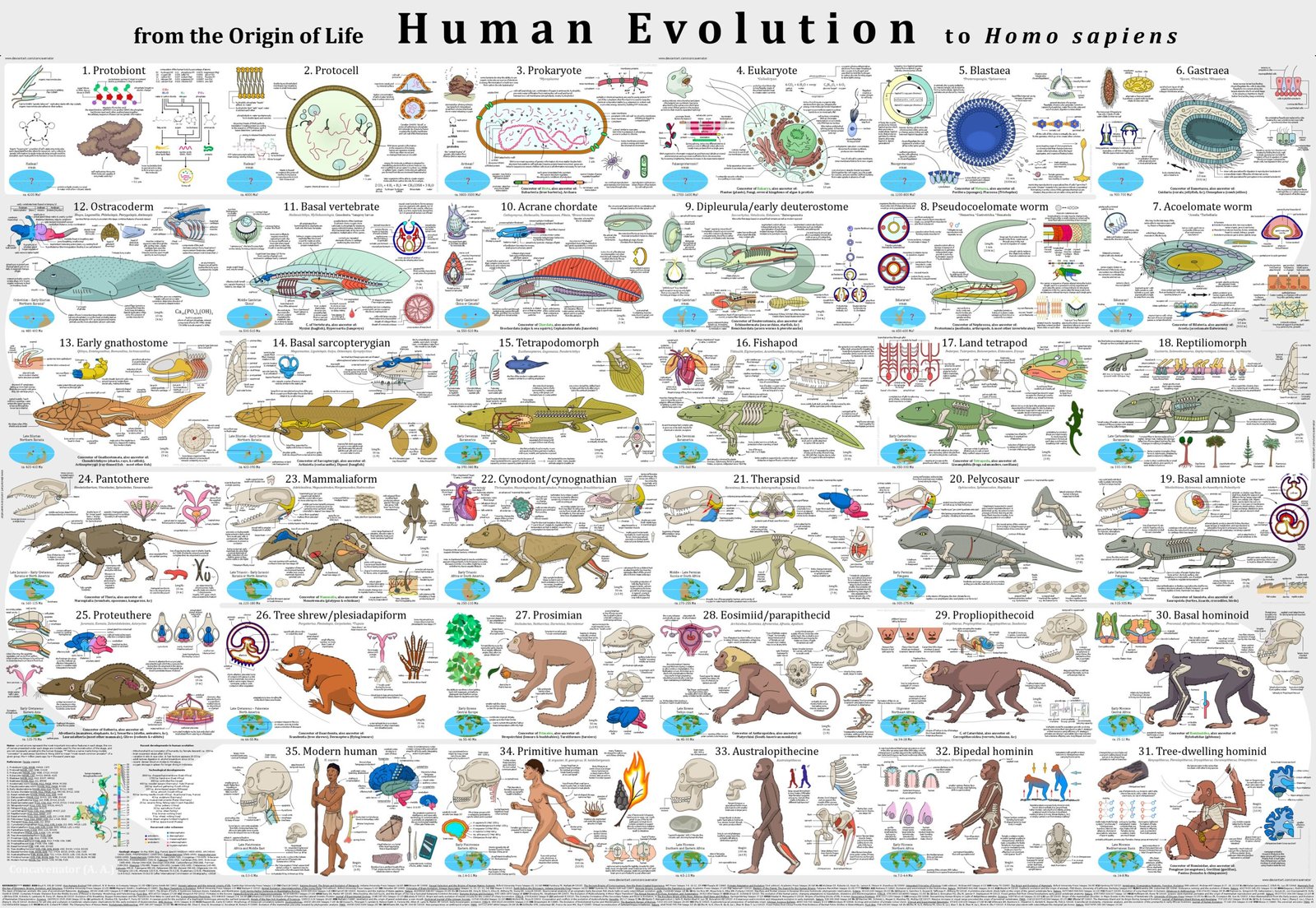
The continuous discovery of new human ancestors reshapes our understanding of what it means to be human. It challenges preconceived notions of identity, culture, and evolution. As we learn more about our ancestors, we gain insights into the traits and behaviors that define humanity. This knowledge fosters a sense of connection to the past, reminding us that we are part of an ongoing story that began millions of years ago. It’s like looking into a mirror that reflects not just our own image but the collective history of our species.
Reflecting on the Journey Ahead
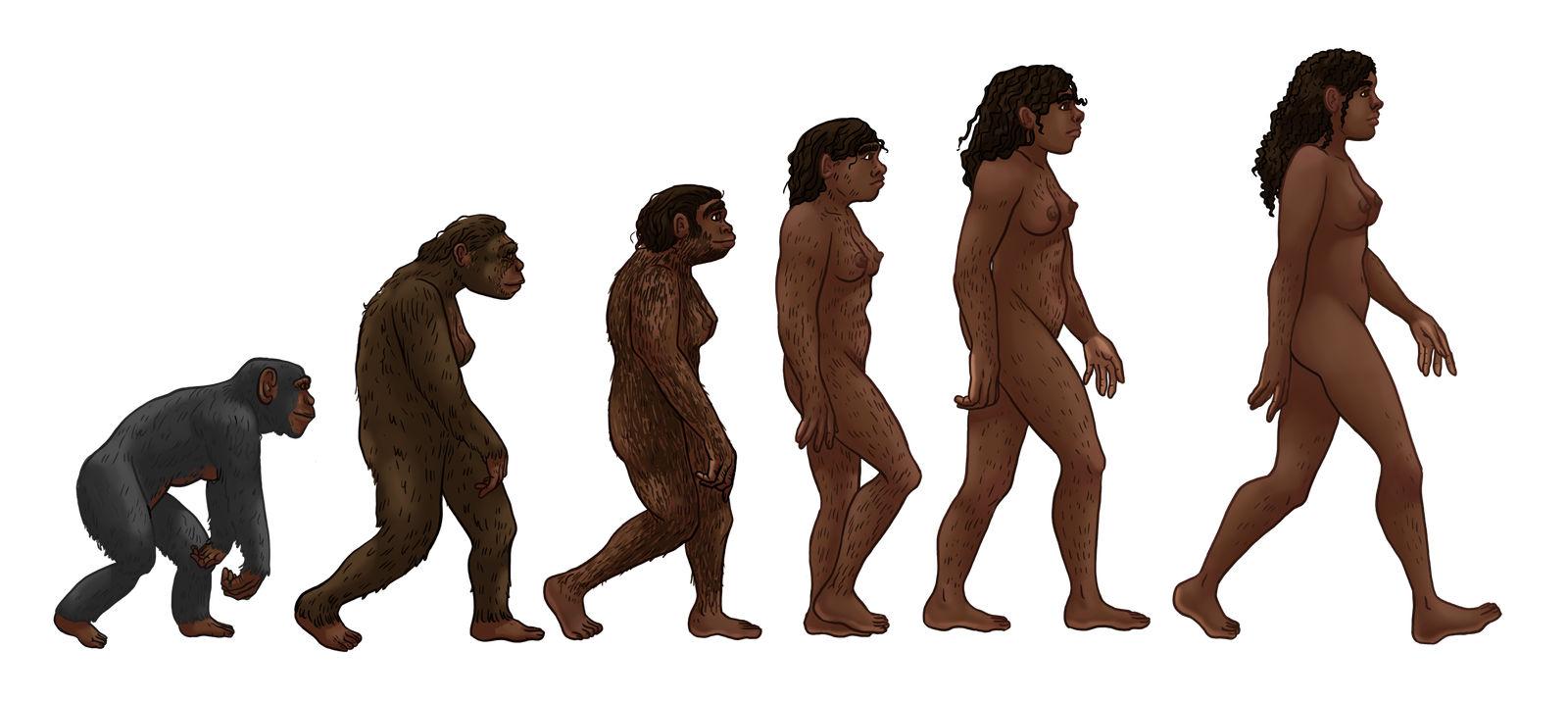
As we continue to uncover the secrets of our evolutionary past, we are reminded of the vastness and complexity of the story still waiting to be told. Each discovery is a step forward in our understanding, offering new perspectives and questions. The journey of human evolution is far from over, and the mysteries of our origins continue to beckon curious minds. What new chapters will we uncover in the years to come?


